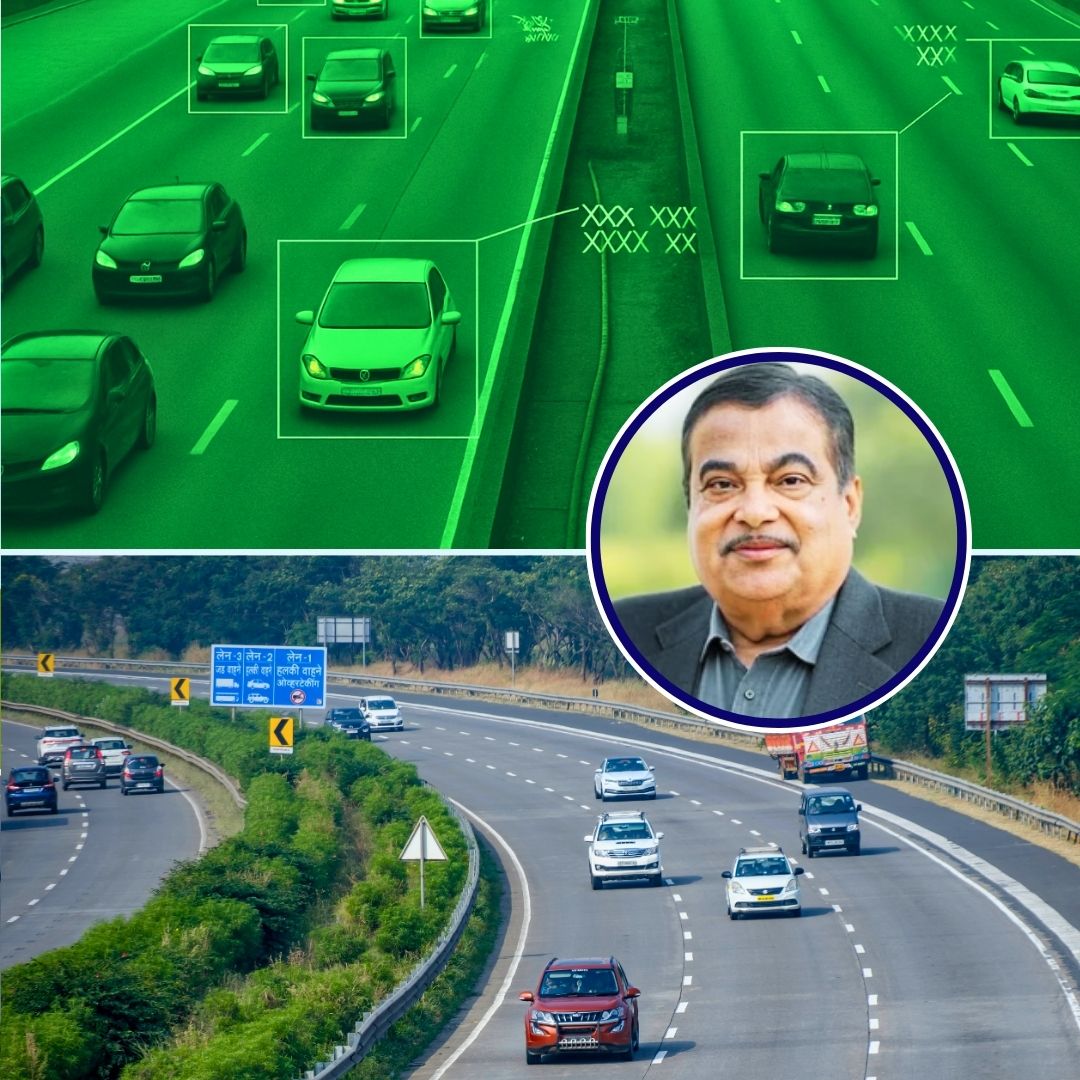Over 6.2 lakh vehicles were wrongly fined for “wrong-side driving” on the Mumbai-Pune Expressway between January 2023 and March 2024, due to a glitch in the automated camera-based surveillance system, according to an RTI reply from the Maharashtra State Road Development Corporation (MSRDC).
The erroneous fines totalled ₹12.4 crore and were mostly issued to law-abiding motorists driving in their correct lanes. The incident has sparked widespread outrage, prompted official apologies, and led to a review of the automated enforcement system. Authorities have assured affected motorists that steps are being taken to reverse incorrect fines and improve system reliability.
System Glitch Causes Mass Inconvenience and Outrage
The technical malfunction in the expressway’s AI-powered camera surveillance system led to an unprecedented wave of incorrect e-challans for “wrong-side driving.” Vehicles moving lawfully in their designated lanes were mistakenly flagged as violators, with fines generated automatically and sent to owners without manual review.
The Maharashtra State Road Development Corporation (MSRDC) acknowledged the error, stating that the glitch likely resulted from faulty camera placement or incorrect software configuration. “We regret the inconvenience caused and are working to ensure all incorrect fines are reversed promptly,” said a senior official.
The incident left thousands of motorists confused and frustrated, with many paying the fines to avoid legal hassles, as the process to contest the charges was unclear or cumbersome.
Background and Broader Implications for Automated Traffic Management
The Mumbai-Pune Expressway is among India’s busiest highways, handling heavy traffic and relying on advanced technology to enforce road safety. The expressway is monitored by over 430 cameras designed to detect speed violations and unsafe driving. However, this is not the first time concerns have been raised about the accuracy of automated enforcement systems.
The recent glitch, which persisted for over a year before being uncovered by an RTI query, highlights systemic vulnerabilities in technology-driven governance. Experts point out that the lack of GPS cross-verification and manual oversight contributed to the large-scale wrongful penalisation. Authorities are now reviewing protocols, recalibrating cameras, and considering additional safeguards to prevent future errors and restore public trust.
The Logical Indian’s Perspective
The Logical Indian believes that while technology can greatly enhance public safety and governance, it must be implemented with robust checks, transparency, and accountability. This incident underscores the risks of over-reliance on automation without adequate safeguards or recourse for citizens.
We stand for fairness, empathy, and constructive dialogue between authorities and the public. The widespread impact of this glitch calls for clear grievance redressal mechanisms, more rigorous oversight, and ongoing communication to rebuild trust in automated systems.












